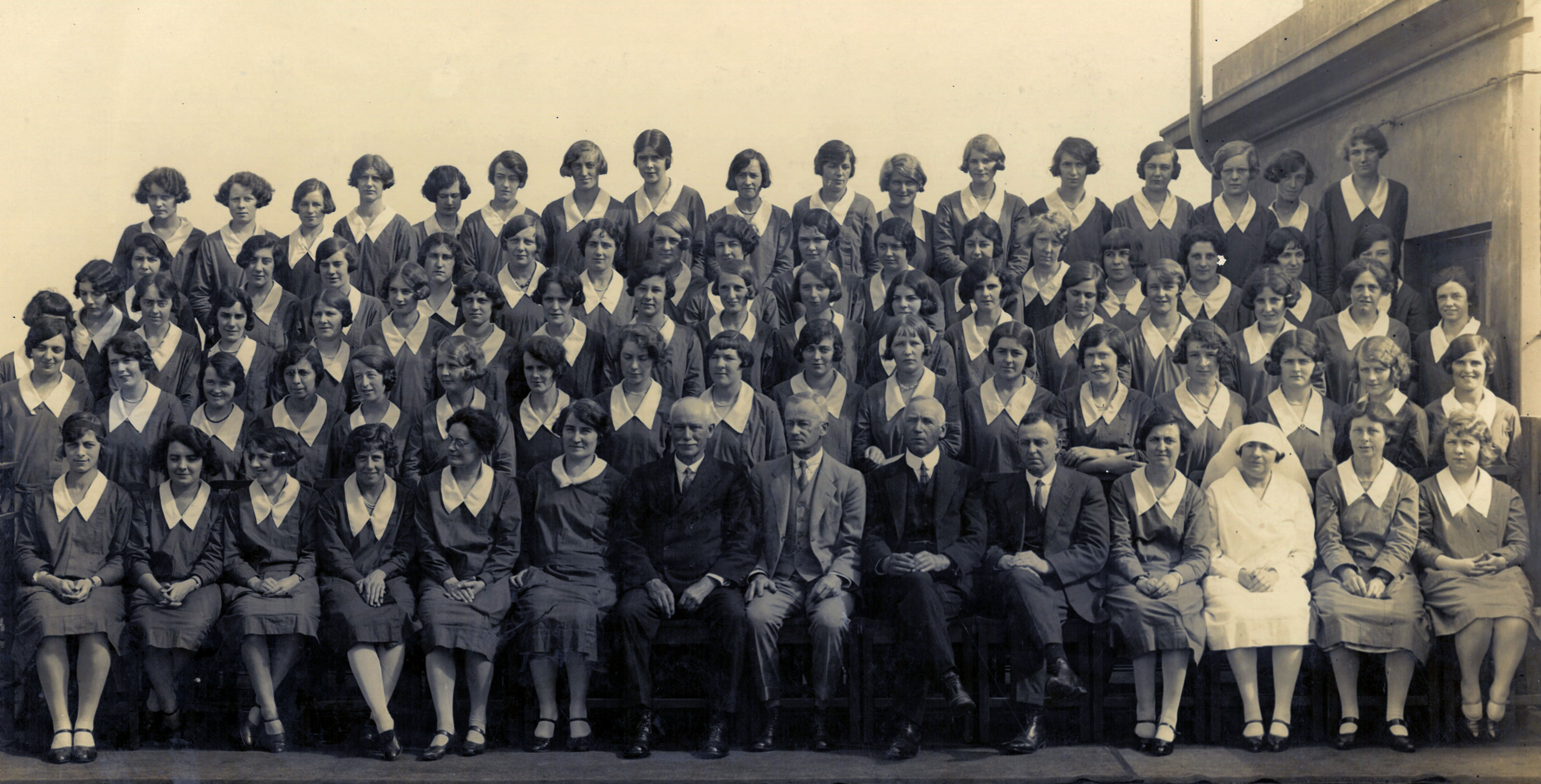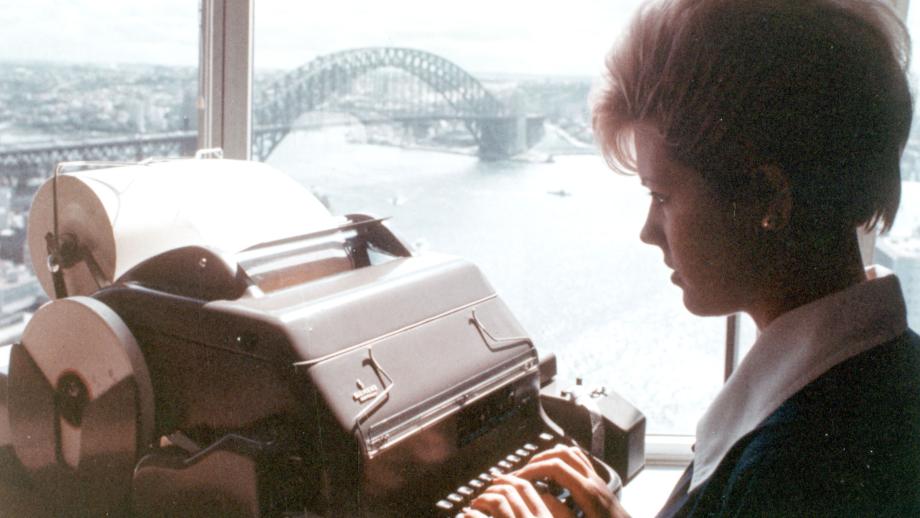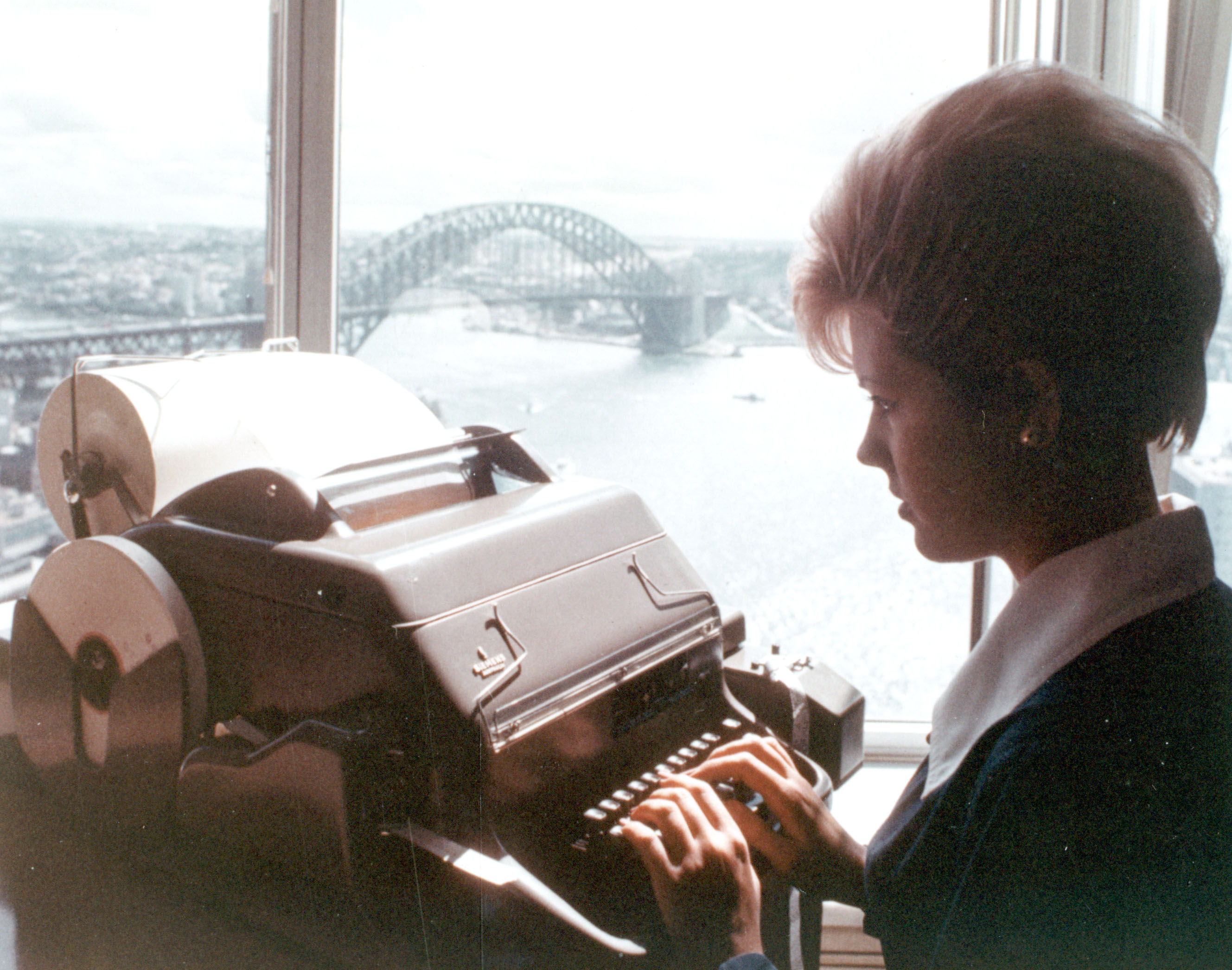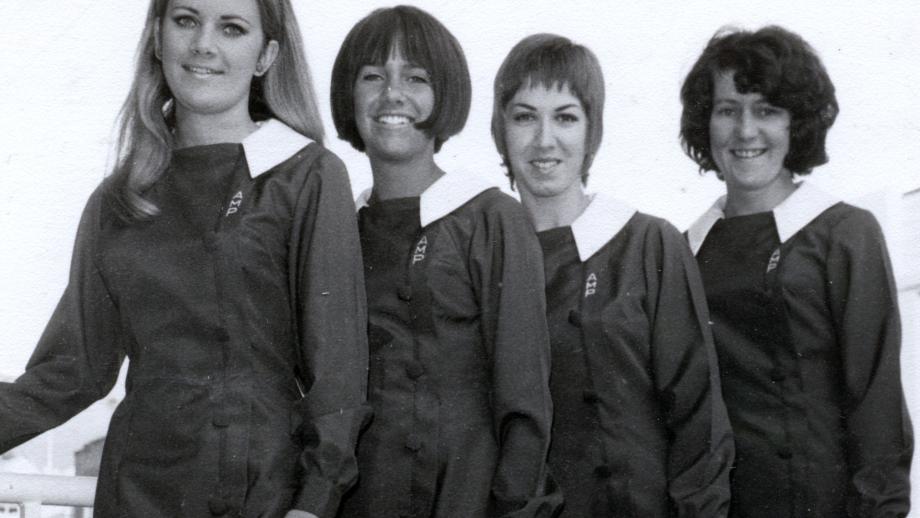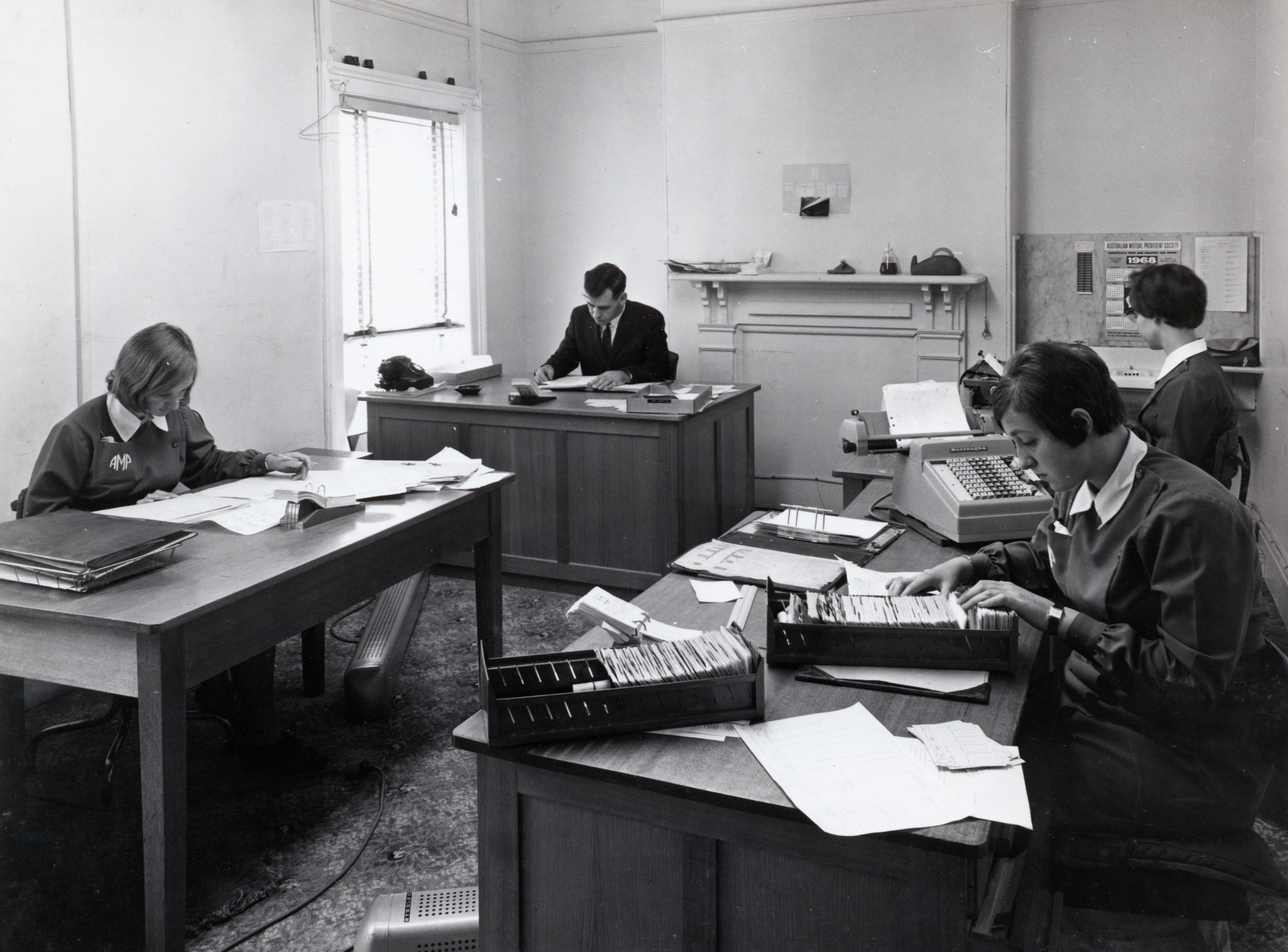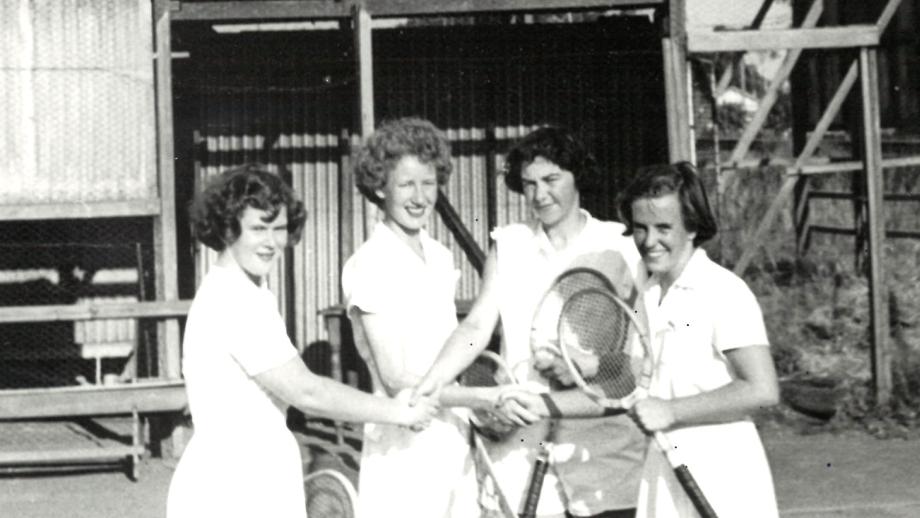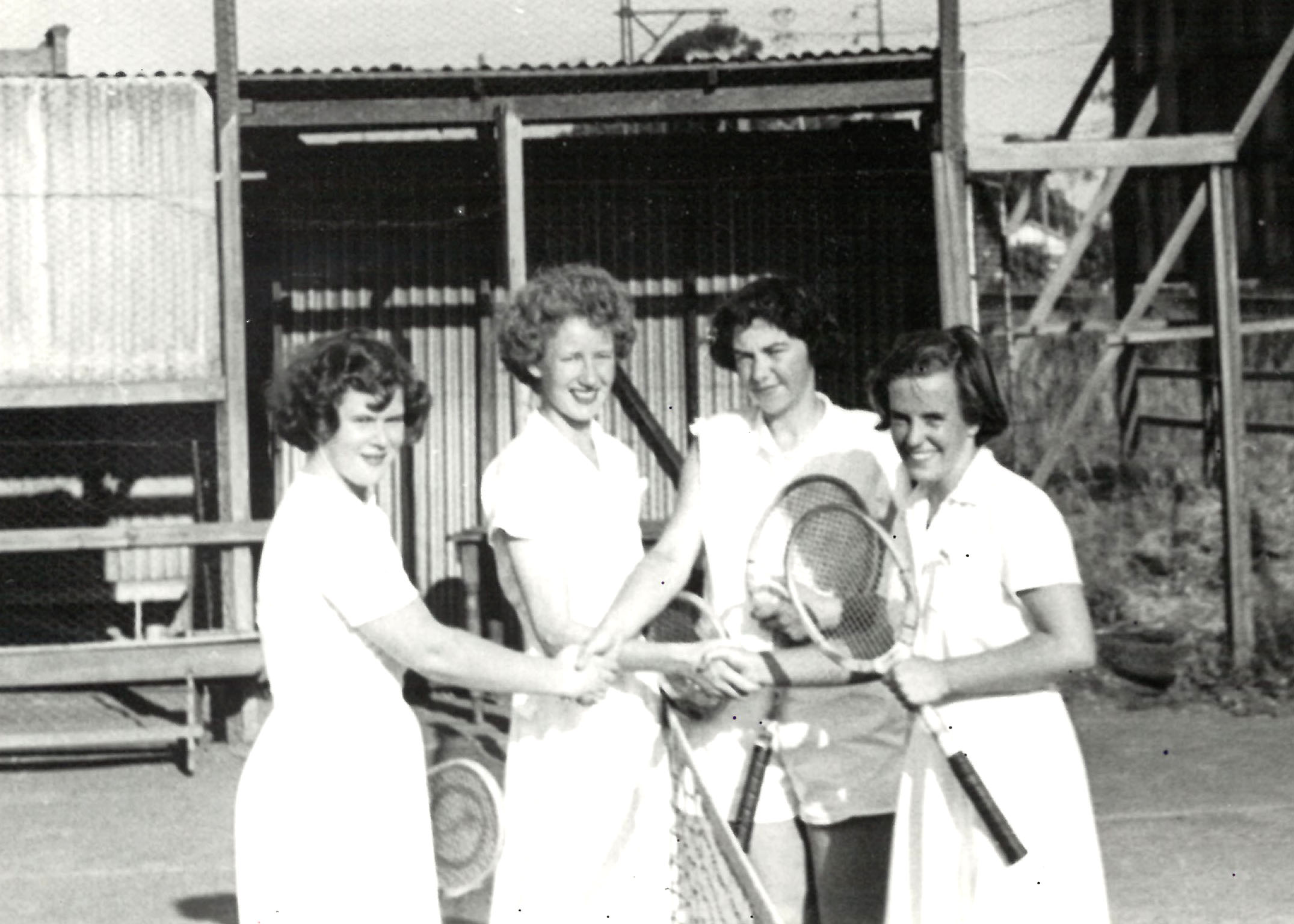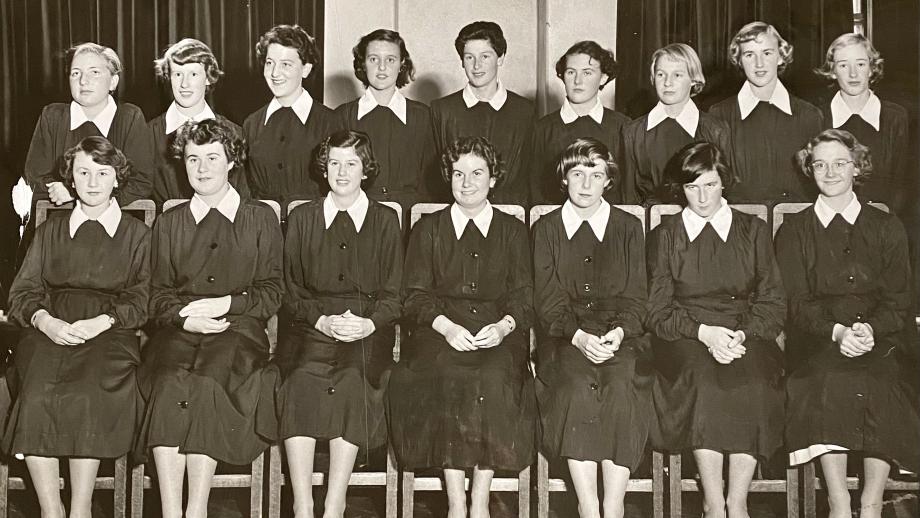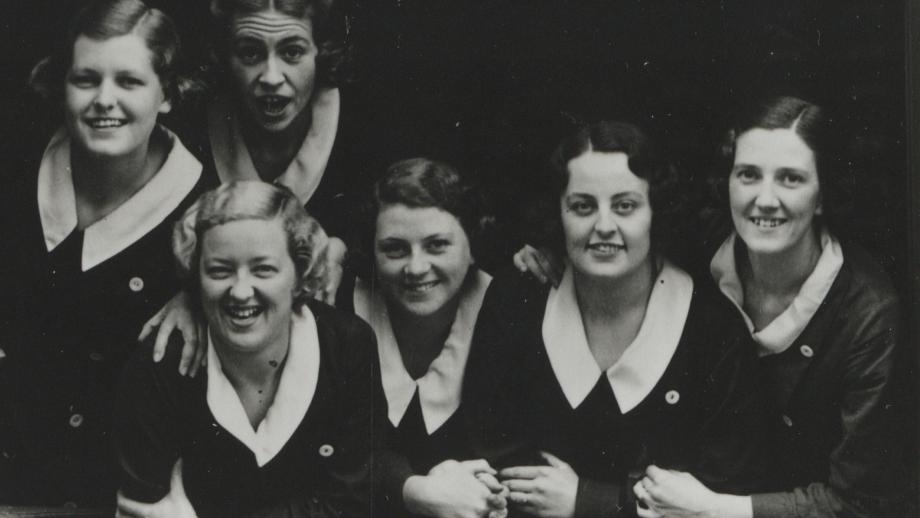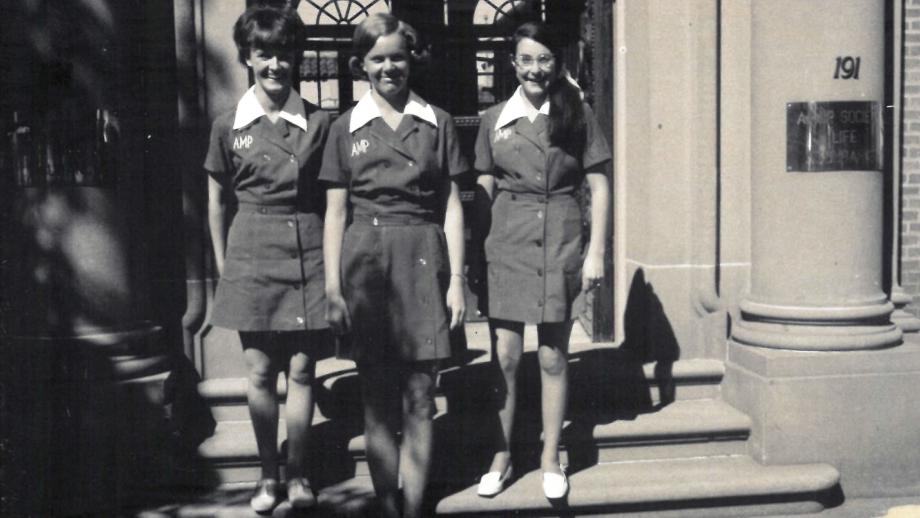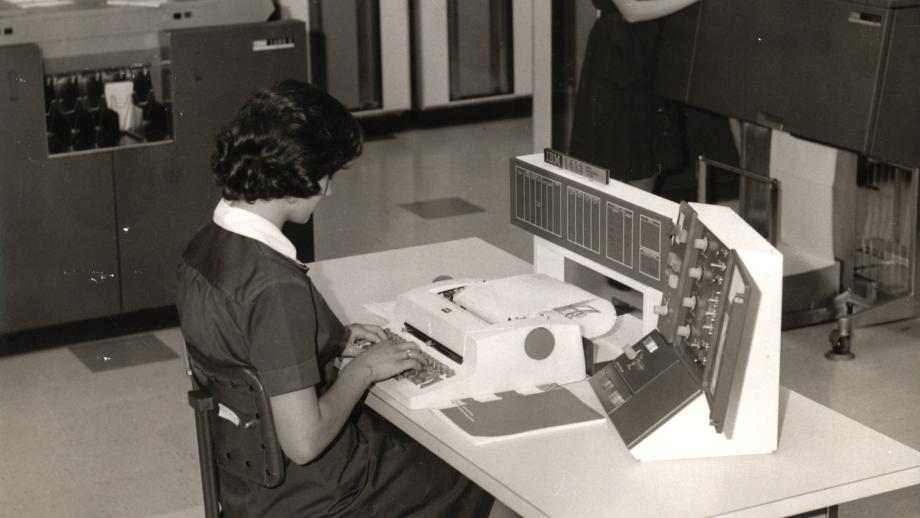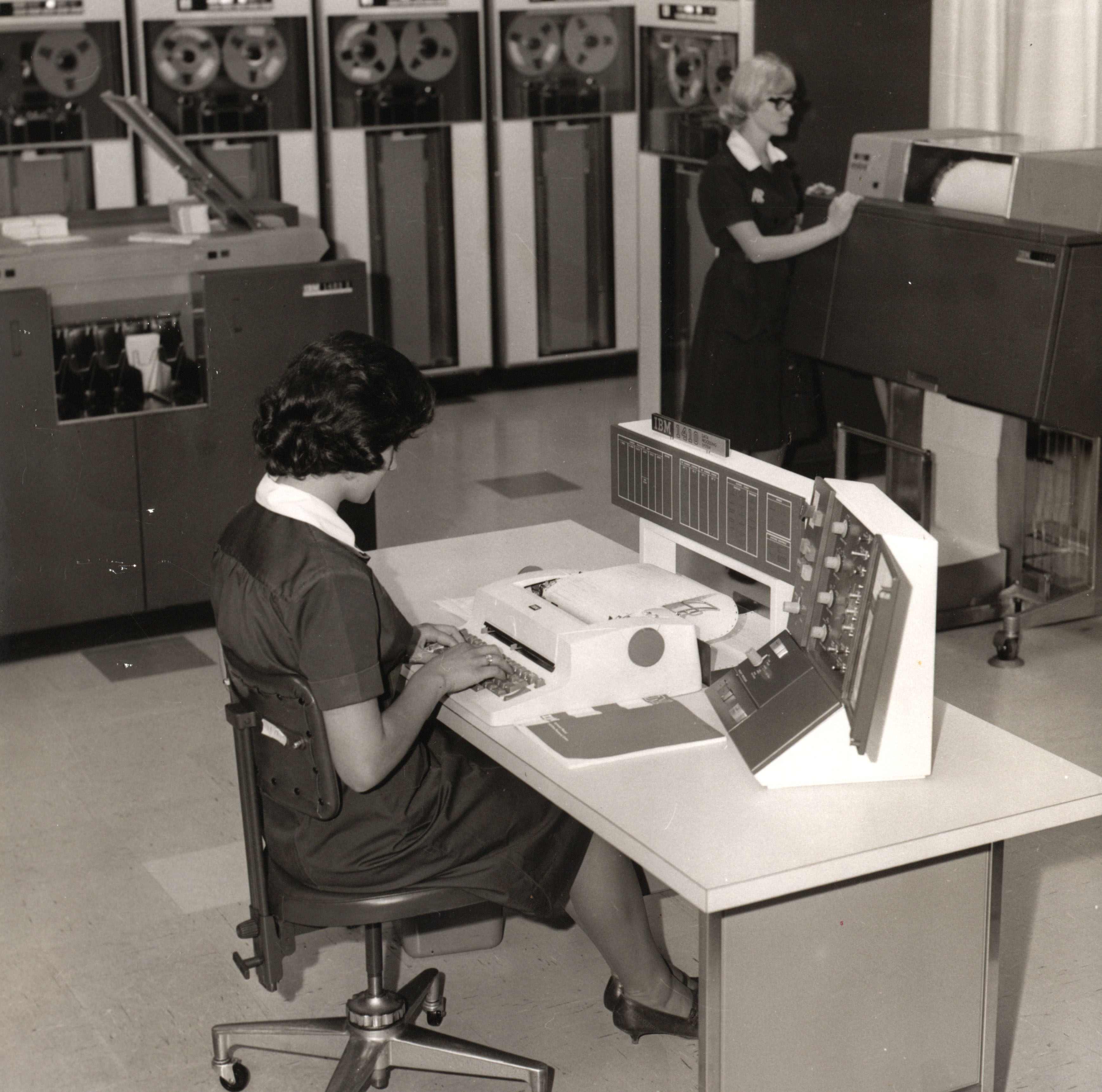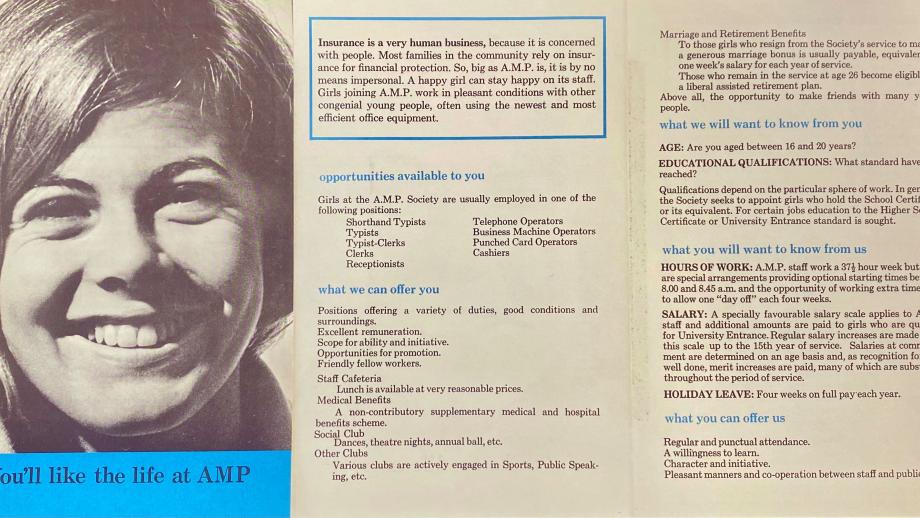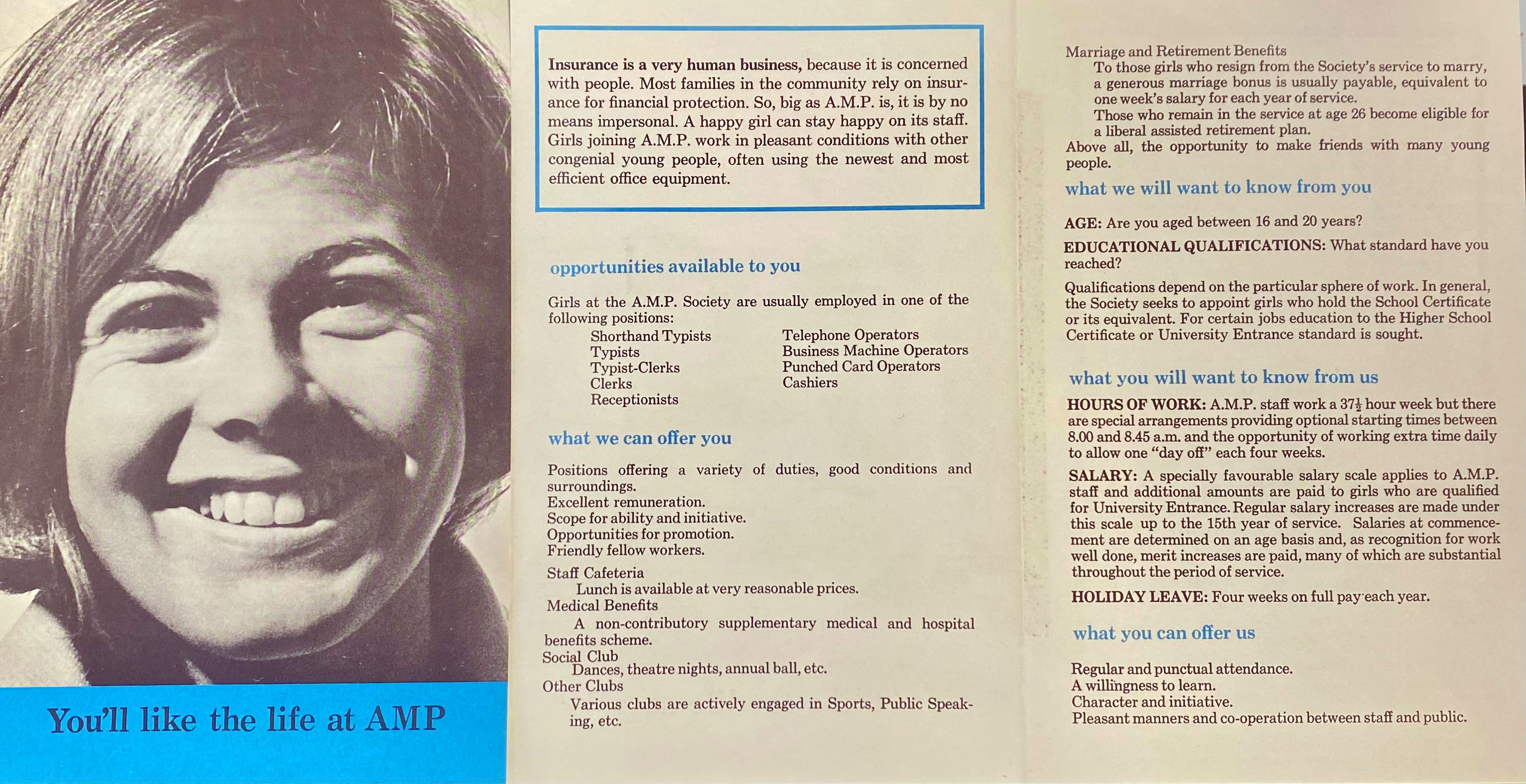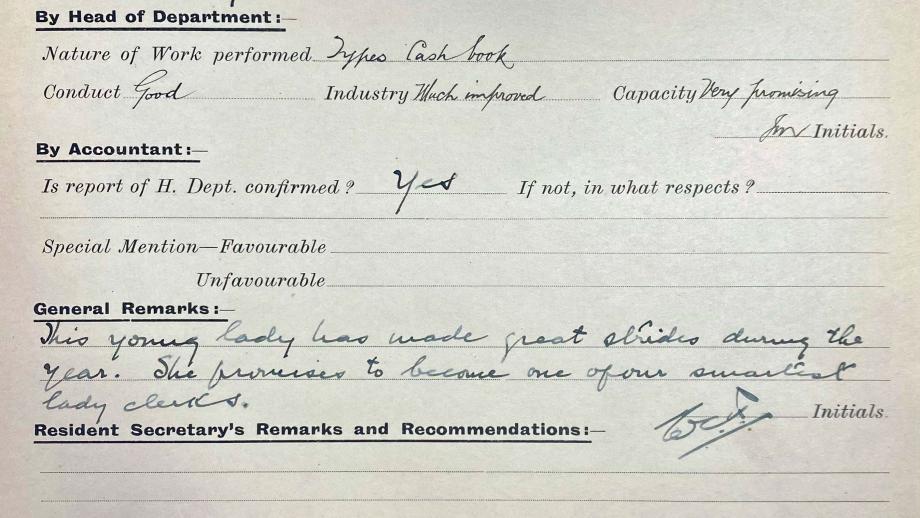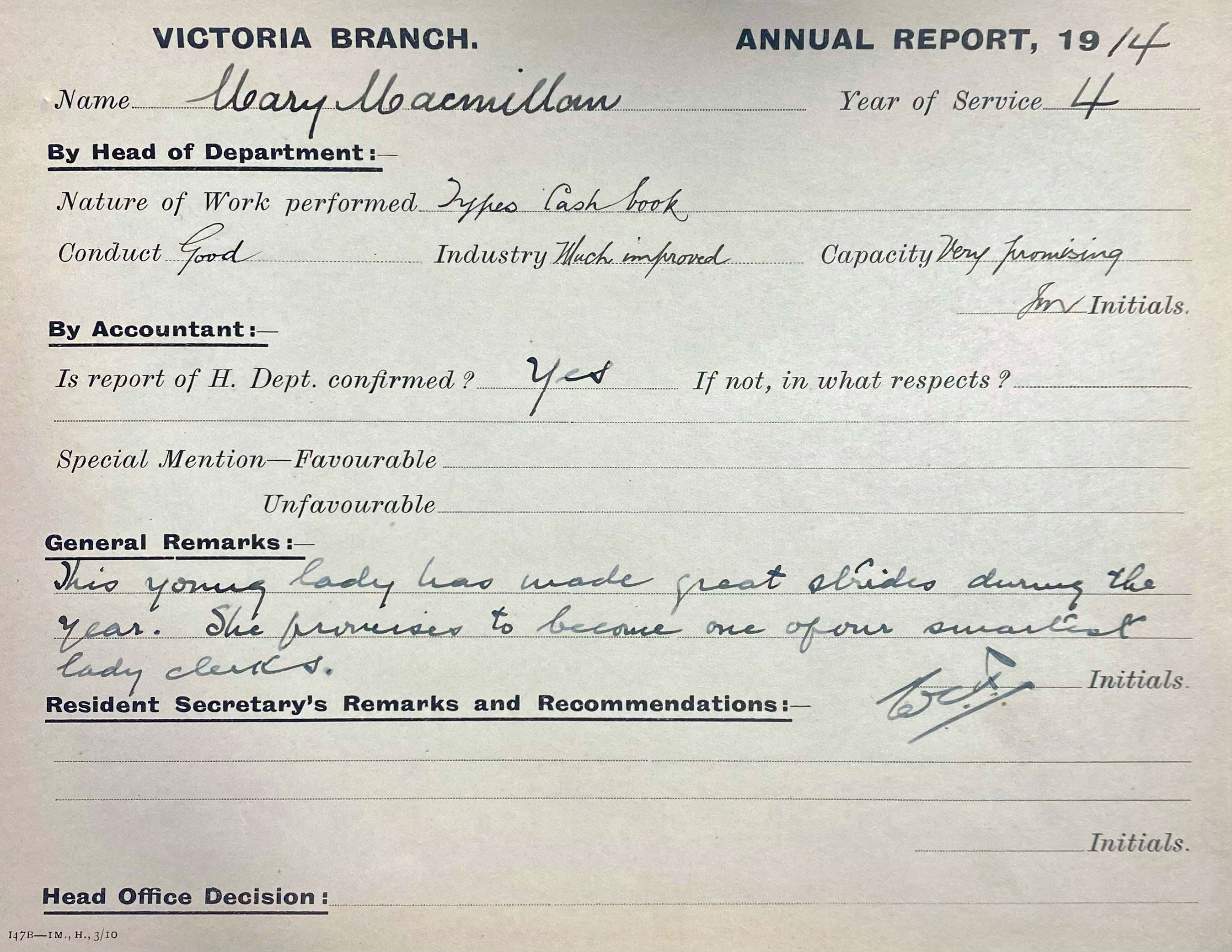The establishment of AMP’s new Industrial Department in 1905 fostered the recruitment of a much greater number of female employees. The new Industrial Department imposed a significant clerical burden on the Society and it thought this work was better suited to young female clerks, who also happened to be much cheaper to employ than their male counterparts.
While AMP was considered an attractive employer offering good salaries and a variety of staff schemes and incentives, its female employees lagged in realising these benefits, as was the case in most workplaces.
AMP had strict rules for female staff, particularly in the early 1900s. Upon commencement a woman must be aged between 16 and 21; she must have passed public exams or alternatively sit the Society’s own exams; she would be on probation for her first year of employment; and she could not join the Society’s provident fund established to provide superannuation to male employees (Blainey, 1999). Female employees were not expected to be as well-educated as males, but they must be of good moral character and social standing.
Women were more common in AMP’s offices from the First World War onwards. With so many male employees enlisting, some offices became understaffed and the numbers of women working across the Society rapidly grew.
The main limitation on female staff at AMP and most other businesses at the time, was the requirement to resign from their positions as soon as they married. It wasn’t until 1968 that AMP’s female employees had the right to retain their position if they married.
Female employees were also limited in their access to promotions and opportunities to gain experience in other departments or offices, something which was routinely offered to male employees. A good example of this was long-term employee Beatrice Gerdes, who started at AMP in the 1920s at the age of 15. Gerdes had a talent for mathematics and actuarial work and was the first woman in Australia to pass the exam to become an associate of the Australian Insurance Institute. Gerdes trained scores of male employees who attained higher level positions at AMP, with Gerdes disqualified from these positions due to the fact she was a woman.
Equal opportunity legislation in the late 1960s increased the ability for women to be appointed to more senior positions, but it wasn’t until the 1980s that this became more common. In 1981 Barbara Hardy became the first woman to sit on an AMP board when she joined the South Australian Branch Board. It wasn’t until 1994 that the first woman was appointed to AMP’s Principal Board when Professor Adrienne Clarke was appointed. She was joined on the principal board in 1996 by economist and company director Carolyn Hewson. Also in 1996, AMP’s New Zealand Board appointed its first (and the Society’s first) female chair, when Rosanne Meo took up the position. Today the board of AMP Ltd includes an equal gender mix of 50% with chief executive officer Alexis George and Kathleen Bailey-Lord, Anna Leibel and Andrea Slattery as directors.

